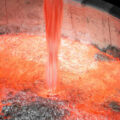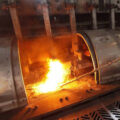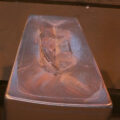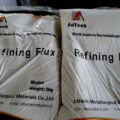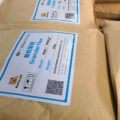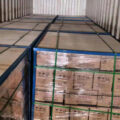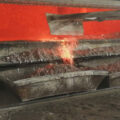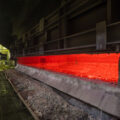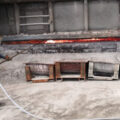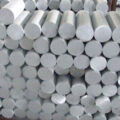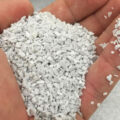The liquid impurities in the aluminum alloy liquid are mainly chloride salts generated in situ. The chloride salt can be in a solid state or in a molten state. Once formed, it is very difficult to remove from molten aluminum. Chlorine and aluminum can combine to form AlCl3 at about 178ºC. If there is no magnesium in the molten aluminum, it will quickly vaporize and escape from the molten aluminum. If the molten aluminum contains more than 0.2wt% of magnesium, AlCl3 will react with magnesium to form MgCl2. If MgCl2 enters the casting, it is a very harmful impurity. Similarly, the sodium, calcium, lithium and strontium present in the aluminum liquid will also react with AlCl3 to form the corresponding chloride salt. The pure substances of these chloride salts are generally solid at the melting temperature, and form a liquid mixture after forming a eutectic system with magnesium chloride. It is a very difficult challenge to remove these molten chloride salt mixtures from molten aluminum. Because even with a metal filter, the two immiscible liquids cannot be separated. Due to the low density and small particle size of this molten chloride salt, it will not precipitate in molten aluminum. When the sodium chloride-based salt flux is used in the slagging process, it causes the compound reaction of the flux and the formation of liquid-phase slag-containing fragments. It is very difficult to scrape off these substances. They are easily combined with oxides and slag. The density of the formed aggregate is very similar to that of the molten aluminum.

Impurities in Aluminum Alloy and subsequent die castings have many harmful effects:
Slag inclusion hinders metal flow. It may even make the filling incomplete, especially on thin sections.
Slag inclusion has a negative impact on mechanical properties, reducing yield strength and tensile strength, elongation and impact toughness.
Many slag inclusions are hard and impair machining performance. Slag inclusion on the surface affects finishing such as electroplating, painting, anodizing, etc.
Slag inclusion is the preferred location for hydrogen pore nucleation. It combines with hydrogen atoms on the inner surface to form hydrogen molecules. Become a solid slag in the molten metal.
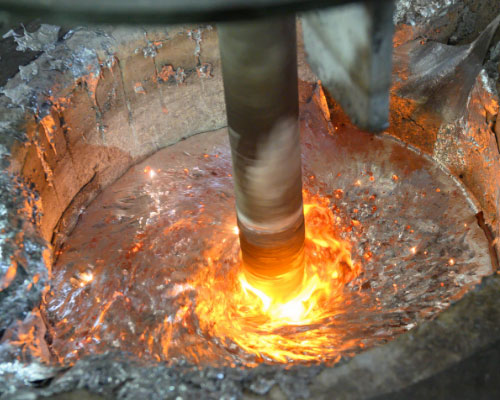
Method of controlling molten impurities
1) Do not use slag breakers, refining agents, degassing agents and covering agents that contain a large amount of sodium chloride to prevent secondary pollution of molten aluminum. Both theoretical research and practical application show that the ideal aluminum smelting aid composition must contain only a small amount of sodium chloride, which can promote the floating and accumulation of impurities, and the slag rake is dry powder with very low aluminum content.
2) Control the overheating temperature of molten aluminum as low as possible. Keep away from the reaction temperature of the molten chloride. The reaction temperature of the molten chloride is as high as 718ºC-732ºC, which can inhibit its negative effects.
3) Control the chemical composition of the charge. If a large number of recycled aluminum ingots and recycle waste are used in the furnace charge, and chlorine-containing chemicals are used to purify the aluminum liquid, it is necessary to ensure that the concentration of residual sodium, calcium, potassium, and lithium is within the minimum economic level. At the same time, the proportion of slagging and refining agent should be appropriately increased.
4) Installing a filter screen at the bridge crossing the furnace, inserting a rotating nozzle in the special treatment package to blow powder for refining, or using a vent plug at the bottom to blow for refining are all effective advanced processes for purifying aluminum water.


